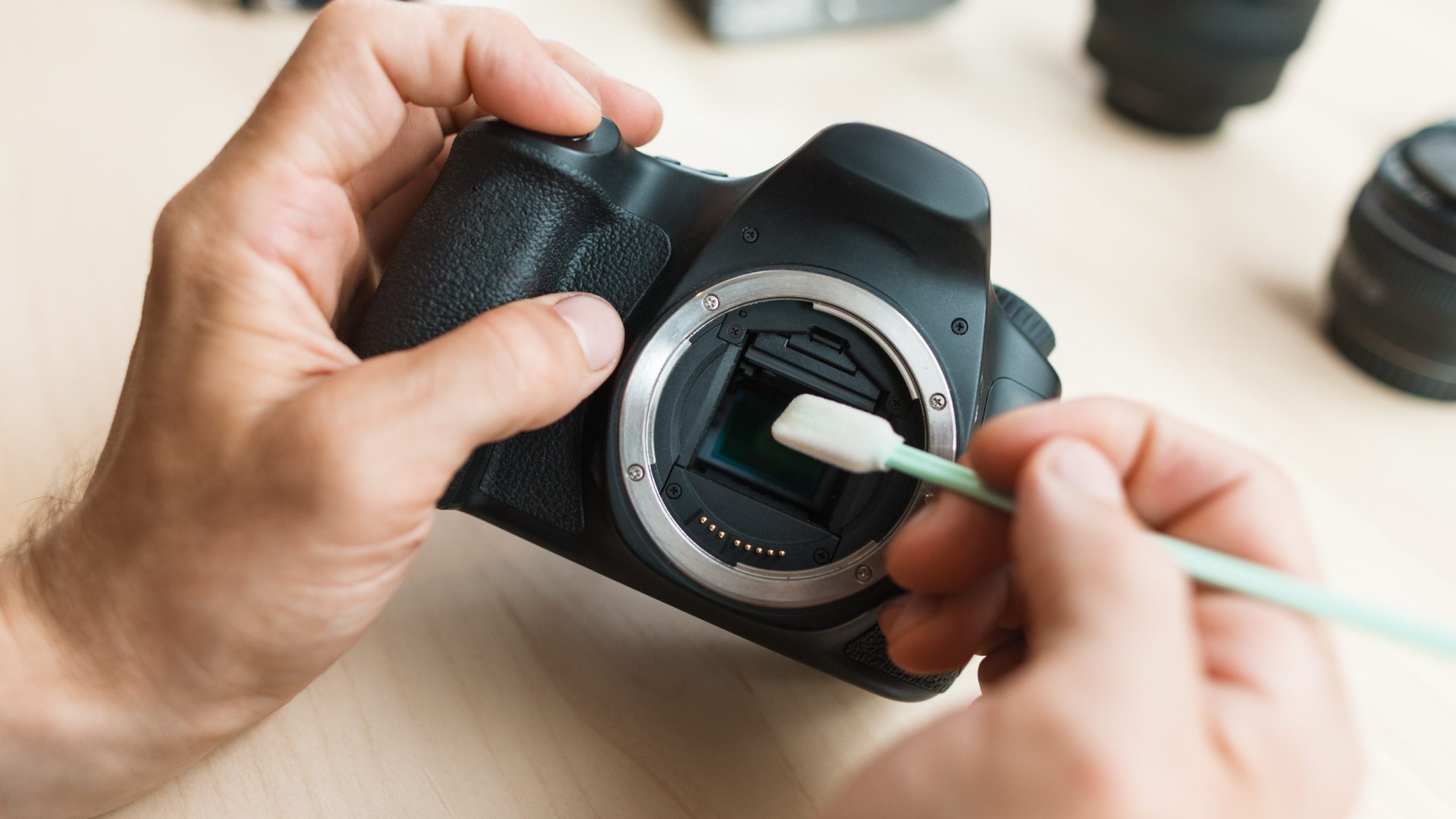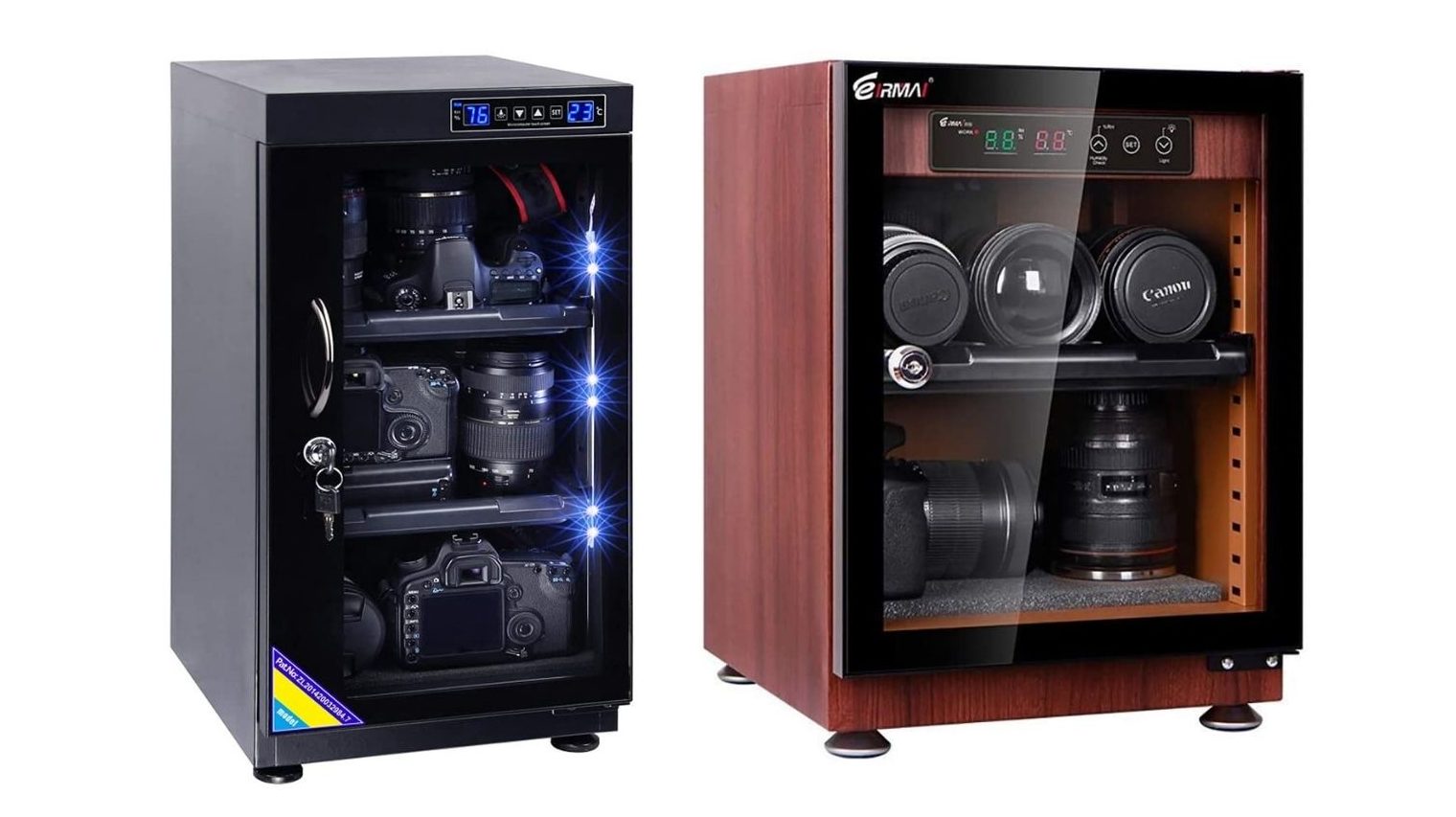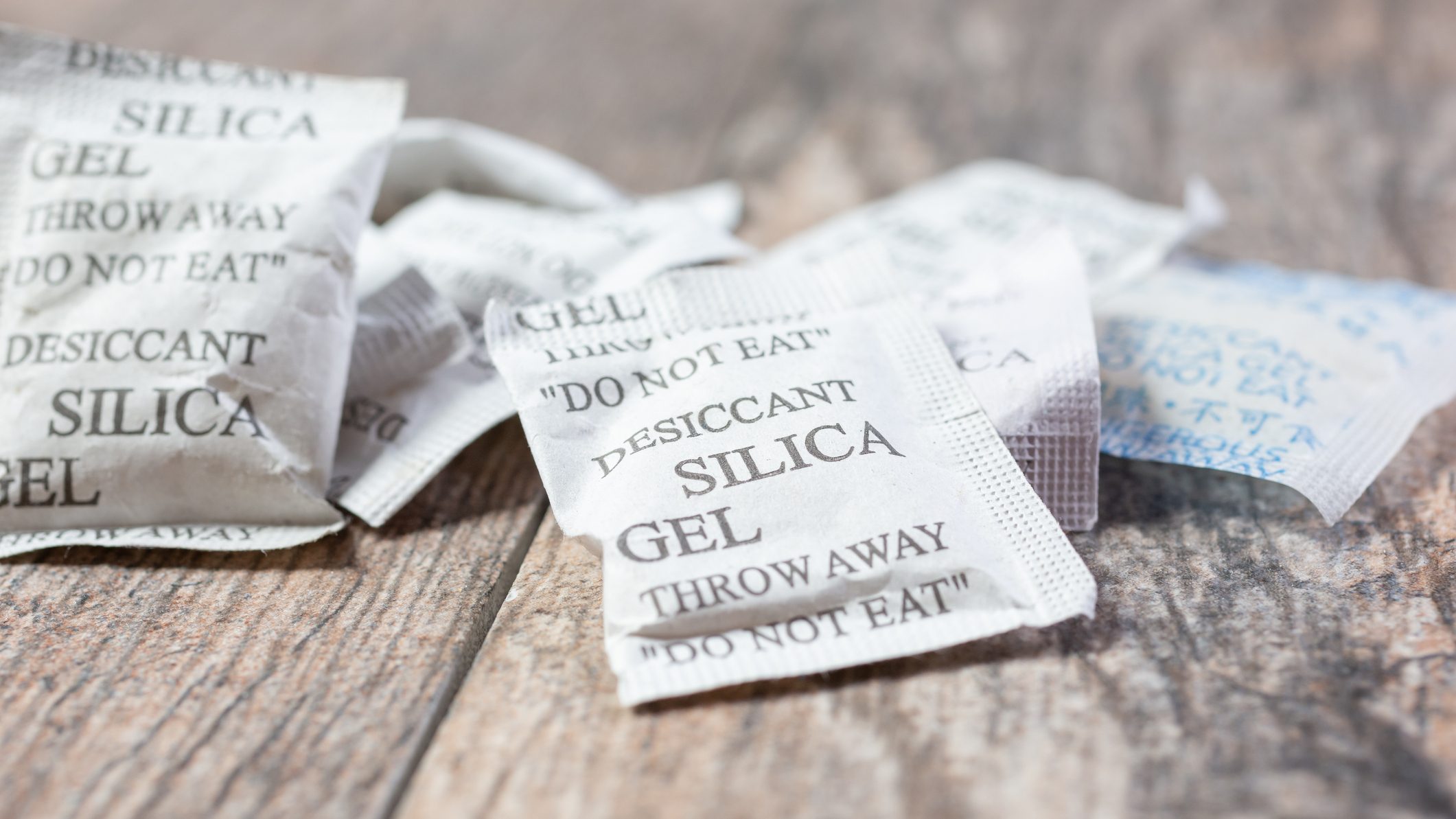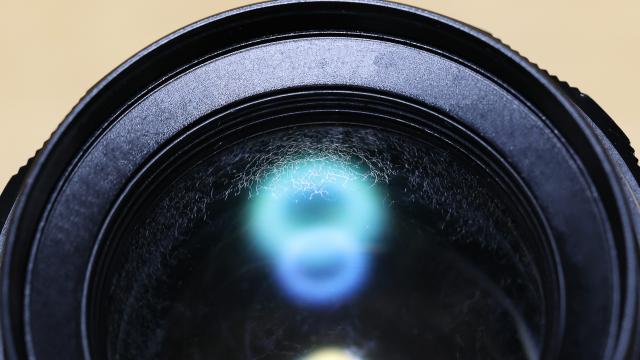While a wet change in weather has plagued Australia’s east coast on and off over the last few weeks, this is your reminder to check behind your bookcases, sofas and bathroom sink for any growing spores. And don’t forget to add your camera collection to your checklist. Yes, who would’ve thought that even your camera lens is susceptible to the devil we call mould?
Most of us are lucky enough to go through life without ever having to worry about any fungi affecting our cameras, but if you’re someone who lives in a wet or humid climate, or perhaps you shoot in the rain often, then you’ll be all-too-familiar with lens mould.
[related_content first=”1694752″]
What is camera lens mould and how does it start?

Lens mould is a combination of dust and moisture that grows on camera lenses and usually resembles small, webby spots across its glass. It’s fairly common with cheap quality lenses that aren’t weather-sealed or lenses that are used in tropical environments.
While you might think that all you need to do is grab a cloth and scrub away at the fungus, you’ll find that that won’t do the job. Aside from taking it to an expert who can effectively clean and prevent the quick return of any more spores, there is a way to do it yourself. However, you’ll have to take apart your lens and work at it with a suitable cleaning solution that won’t damage your camera.
If you leave the fungi untreated, not only will your photography suffer, but you could permanently damage the protective film that covers most camera lenses. Lens fungus is also not covered by camera warranties, so unfortunately it’s not an issue you can take back to your manufacturer to claim.
Most lens mould isn’t visible at a glance. The best way to check if your lenses are suffering an infestation is by removing the lens from the camera, before taking off the front and rear lens caps. Hold it up to a bright light source and you should be able to spot any growths.
To avoid the risk in the future, the best way to stop lens mould in its tracks is by taking a few preventative measures, which we’ve summarised below.
The best ways to prevent camera lens mould
Avoid shooting in a humid or moisture-ridden climates

This one’s easier said than done. You probably don’t have a choice if you’re a wedding photographer shooting on a rainy day, or if you just want to take some fun snaps at the beach with your friends.
But if you want to ensure your camera stays clean at all times, keep a cloth in your pocket and get into the habit of regularly wiping down your camera between shots. Your photos will also look less bleary and mist-ridden when you check on them later, too. By eliminating as much moisture as possible, your risk of contracting lens mould significantly decreases.
Clean your lenses after use

After a big shoot, the first thing you should do when you get home is sit down and clean your camera collection.
While you might always be on the move or maybe you just want to kick back and relax after a big day, it’s simply not worth skipping this step. You can grab this professional camera cleaning kit for just $15.99 so your tools will always be in pristine condition.
Store your lenses in a camera dehumidifier cabinet or dry cabinet
Image: AUTENS/ABBStoring your cameras and lenses in a cool and dry environment between shooting is another great way to prevent any irksome mould from spawning. If you want to take extra precautions to prevent the growth of nasty fungi, you can pick up a dehumidifier cabinet to give your equipment the best protection.
We recommend storing your camera lenses in AUTENS’ range of dehumidifier cabinets, with prices starting from $233.99 for a 30L storage unit up to $821.99 for a 35L one. These quality camera dry cabinets feature LED lighting, adjustable shelving and user-friendly touch controls.
If you’d prefer a cheaper option, you can shop this camera dry cabinet range by ABB, with prices varying from $375.24 to $576.64 depending on whichever size you need. This sturdy and durable dry cabinet features a cold-rolled steel box and tempered glass door. The partition is even adjustable, so you can adjust the height inside the dehumidifier cabinet to fit your gear.
This eDry dehumidifier cabinet is a solid option if you want one with multiple shelves to organise your camera collection by level. It’s available here for $465 with coupon.
Store your lenses with silica gel packets and discard them periodically

You know those sachets that always come with your packages that you’re told not to eat? Well, if you want a cheaper alternative to a dehumidifier cabinet that will help protect your camera lenses, then you can throw in a silica gel packet when it’s time to stow them away. Those little beads of silica will suck up any moisture from the air, keeping your lenses nice and dry.
So the next time you toss your lens into its box or protective bag, make sure you throw in a silica gel packet too.
